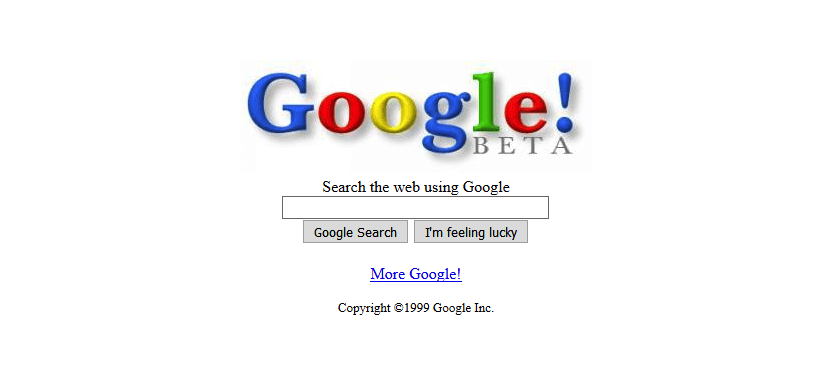I remember my first time using Google.
That may sound like a strange core memory, but it stands out distinctly. I was visiting family around 1999, and one of the highlights was hopping onto the house computer in the designated computer room. We weren’t allowed to play the game Doom at home, so it was always the first thing my brother and I threw elbows to do when our parents weren’t watching.
On this particular visit, my uncle mentioned he wanted to show me something new called “Google.” I chuckled at the name, but when he pulled up the homepage and I saw the cursor blinking in the search box, I sensed its power.
We were a World Book Encyclopedia family; my grandfather would visit and select a new letter each time to browse in the backyard while we were in school. Then came Encarta 95, the CD-ROM version of the encyclopedia, which digitized our dusty collection of shiny books.
And then, at 12, I realized I could look up anything and find an answer in seconds.
Flash forward to 2005, and another core memory stands out—the first time I could log onto “The Facebook” because I finally had a .edu email address. Someone had already set up a “Furman Class of 2009” group, and we quickly added friends in this strange phenomenon of meeting people in 2D before encountering them in real life.
I have always had a strange interest in technology (I am, after all, the dubbed “IT guy” on the team), so when I tried ChatGPT for the first time, I predicted it would be added to my list of essential intersections between life and tech.
Fear has always been present in the mix with Google, Facebook, and now AI—and for good reason. Last summer, I wrote about my initial thoughts and how I was still firmly believing in the power of human-generated stories. I felt defensive and needed to establish the value of my craft firmly.
A year later, AI is an integral part of my everyday work and life. It attends my meetings, takes notes, summarizes my interviews to highlight key points, evaluates my grammar, and analyzes data rapidly to create trend maps or budgets. AI assists me with meal planning, making grocery lists, generating birthday gift ideas, and producing stock photography for user personas.
I think of AI as a “her,” and I want to use “her” to help me build efficiencies, improve processes, and brainstorm. I want her to help me with my busy work and move through the sludge of things I don’t like to do so that I can do the things I love most.
But I don’t want her to dull my curiosity, critical thinking, or creative spark that makes me unique. She is a tool in my toolbox, but not the whole box.
I aim to understand its potential and maximize it for the benefit of TealHaus, our clients, and myself. Not to replace what we do, but to help us do the things we love and are best at, leaving the drudgery to the bots.
And who knows what we might have more opportunity to do…Doom, anyone?
– Kate Dabbs

